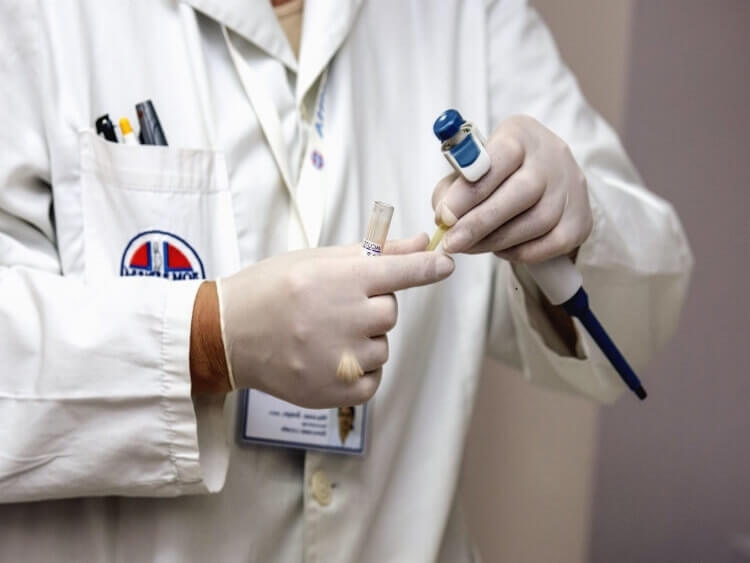IgE
ELISA kit for ovalbumin specific IgE,OVA sIgE
ELISA kit for ovalbumin specific IgE,OVA sIgE
Guinea pig
ovalbumin specific IgE,OVA sIgE
Guinea pig ovalbumin specific IgE,OVA sIgE ELISA Kit
ELISA Enzyme-linked immunosorbent assays Code 90320007 SNOMED
The product is intended to be used for research purposes only and it is not tested for appliaction in diagnostics.
After delivery, the specialists from Gentaur/Genprice recommend you to store the product Guinea pig ovalbumin specific IgE,OVA sIgE ELISA Kit between two and eight degrees Celsius to keep the quality and activity of the reagents included in the kit.
E05 478 566 350 170 or Enzyme-Linked Immunosorbent Assays,E05 478 566 350 170 or Enzyme-Linked Immunosorbent Assays,Immunoglobulin E (IgE) kappa or Fc specific antibody is a kind of antibody (or immunoglobulin (Ig) "isotype") that has only been found in mammals. IgE is synthesized by plasma cells. Monomers of IgE consist of two heavy chains (ε chain) and two light chains, with the ε chain containing 4 Ig-like constant domains (Cε1-Cε4). IgEs play a role in allergy and response to parasite infection. High levels of IgEs caused by parasites can lower the allergic reaction of patients to allergens common present in the human environment. As such the parasite history of an allergic patient needs to be taken in consideration as a positive factor.
Ovalbumin (abbreviated OVA) is the main protein found in egg white, making up 60-65% of the total protein. Ovalbumin displays sequence and three-dimensional homology to the serpin superfamily, but unlike most serpins it is not a serine protease inhibitor. The function of ovalbumin is unknown, although it is presumed to be a storage protein. OVA is also the best characterized and the first antigen proteins used as a transgene to make transgenic mice. Many different transgenic mouse models have systemic OVA expression driven by the ubiquitously expressed b-actin promoter or tissue-specific OVA expression with insulin promoter to drive the transgene expression, for studying type I diabetes, or in different isoforms, secreted or cell-membrane associated, and more recently as inducible transgene models. These C57BL/6 mice, BALB/c mice models are well characterized, and have contributed to our understanding of immunogenicity and tolerance by the OVA model.
